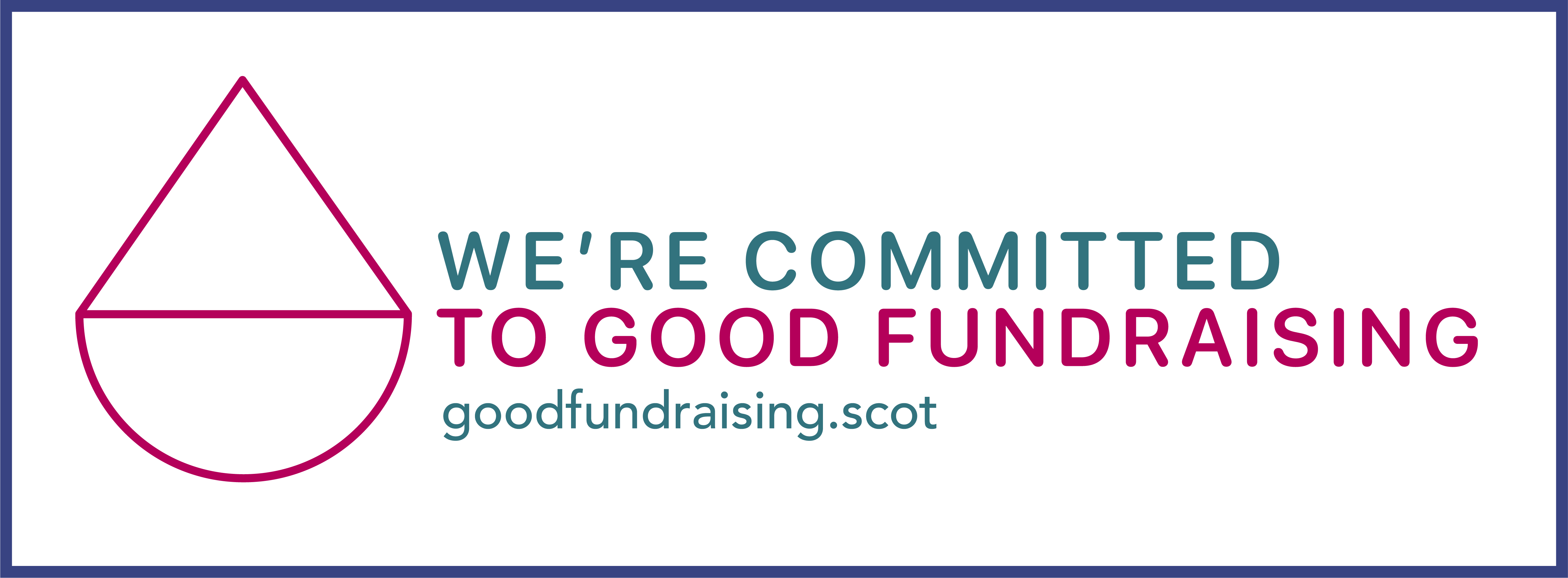Supply and demand for CAMHS has increased. We need early intervention.
9th September 2016
Blog by Rachel Stewart, SAMH Senior Public Affairs Officer
It was good to tune into First Minister’s Questions yesterday and hear the subject of children and young people’s mental health on the agenda. This is, as Nicola Sturgeon said, one of the most important challenges facing the Government and our wider society. It was a complex issue to cover in a few short questions and answers, so I wanted to blog about some of the underlying issues to try to bring some context, as well as hopefully propose some solutions.
More money is being spent on CAMHS; more young people are being treated; more young people are seeking help and being turned away from treatment. These are complex and seemingly contradictory pressures. But mental health isn’t a purely ‘health’ issue, and we need to talk about schools as well as hospitals, communities and families as well as clinicians.
SAMH put children and young people’s mental health at the heart of our Ask Once, Get Help Fast manifesto; half of mental illness develops by the teenage years, so swift support could make all the difference to a young person’s recovery, and their adult life chances. We have been slightly frustrated by a lot of the debate. The headline figures of access to CAMHS, and the majority of health boards not meeting their access to treatment targets suggests a system which is not coping with the volumes of referrals; and it is tempting to call for more money, more beds, more doctors, to make life better for those gravely ill young people.
But behind those statistics, however, there is a wider and deeper problem about the need for better, earlier intervention, for more options for support before a young person becomes so unwell. We submitted evidence to the Health and Sport Committee which highlighted the Scottish Government’s welcome increase in resourcing in this area; but also that there has been a concentration of funding at the more specialist, severe end of treatment. As such, we believe that the funding which could be spent further ‘upstream’, helping to educate young people about how to look after their mental health, or providing community based support like counselling, has been less. Spending in this way could reduce referrals to specialist CAMHS, and ensure that those young people who are referred do not have to wait so long. We need to start spending more of the scant resources available on preventative, health promoting ways to support young people’s mental health.
We need to change the conversation about children’s mental health to include the home, the classroom, and the youth clubs (do people still call them youth clubs?!) as well as the hospitals. We need to think about how we are as a society, how happy our young people are, and how we can support them in this challenging world they are growing up in. We are delighted that Nicola Sturgeon, Kezia Dugdale, Maureen Watt and others are listening on children and young people’s mental health. The next mental health strategy must ensure that there is an Ask Once, Get Help Fast approach, and all adults who care and support children, whether this is a family member, a teacher, a youth worker or a GP, is able to provide the best response they can if a child is struggling. CAMHS as a service must be reviewed as part of the next strategy, and future targets and resourcing must ensure a preventative and health promoting approach, with a longer term approach to support young people into adulthood and towards recovery.

